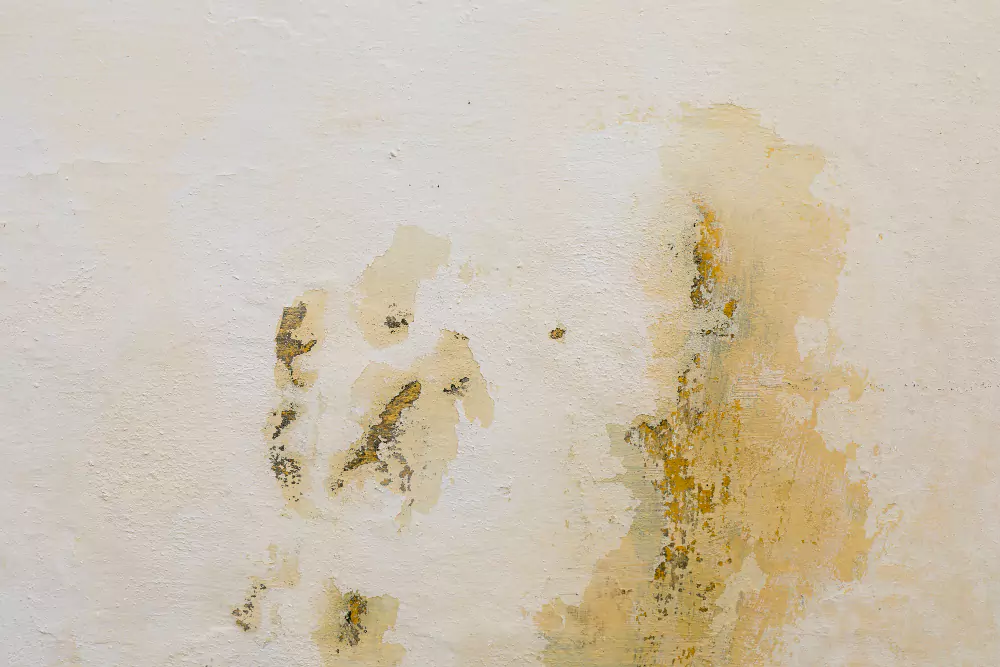The walls of our homes serve as silent witnesses to the ebb and flow of daily life. However, when unwelcome oil stains make their mark, they can disrupt the pristine appearance of our living spaces. Fear not, for in this comprehensive guide, we’ll unravel how to remove oil stains from walls, offering practical solutions and empowering you to restore the aesthetic charm of your home.

Cracking the Code: Removing Oil Stains with Precision
Introduction to the Challenge:
Oil stains on walls can stem from various sources, such as cooking splatters, fingerprints, or accidental spills. The porous nature of painted or wallpapered walls makes them susceptible to absorbing oils, necessitating specialized techniques for effective removal.
Unveiling Effective Solutions: How to Tackle Oil Stains
1. Immediate Action:
- Swift action is crucial when dealing with fresh oil stains. Blot the stain with a clean, dry cloth or paper towel to absorb as much oil as possible. Avoid rubbing, as it may spread the stain.
2. Baking Soda and Cornstarch Combo:
- Create a paste by combining baking soda and cornstarch with water. Apply the paste to the oil stain, allowing it to absorb the oil. Once dry, gently brush or vacuum the residue.
3. Dishwashing Detergent Magic:
- Dishwashing detergent, known for its grease-cutting abilities, can be a potent ally. Mix a small amount with warm water and apply it to the stain using a sponge or cloth. Rinse with clean water and pat dry.
4. White Vinegar Elixir:
- White vinegar, a versatile household staple, can work wonders. Dab a cloth or sponge into a mixture of white vinegar and water, then gently blot the oil stain. Follow up with a clean, damp cloth.
5. Baby Powder Absorption:
- Sprinkle baby powder or talcum powder onto the oil stain and let it sit for several hours or overnight. The powder will absorb the oil. Brush or wipe away the powder residue.
6. Rubbing Alcohol Rescue:
- For stubborn oil stains, rubbing alcohol can be a game-changer. Dampen a cloth with rubbing alcohol and gently blot the stain. Ensure proper ventilation during this process.
Tips for Different Wall Types
Painted Walls:
- Use mild cleaning solutions to avoid damaging paint. Test any solution in an inconspicuous area first.
Wallpapered Walls:
- Take extra care with wallpaper, as it can be delicate. Blot stains gently and avoid excessive moisture.
Textured Walls:
- Textured walls may require additional effort. Use a soft brush or an old toothbrush to work the cleaning solution into the texture.
Prevention Is the Best Defense
1. Cooking Safeguards:
- Use splatter screens while cooking to minimize oil splatters. Be mindful of oil-containing ingredients when preparing meals.
2. Hand Hygiene:
- Regularly wipe down walls in high-traffic areas, especially around light switches and door handles, to prevent the buildup of oil from hands.
3. Strategic Furniture Placement:
- Consider rearranging furniture to prevent direct contact with walls in areas prone to oil stains.
Conclusion: Remove Oil Stains from the Wall
In conclusion, the art of removing oil stains from walls involves a blend of quick action, effective solutions, and a touch of preventive care. Armed with the knowledge and techniques shared in this guide, you can embark on a journey to restore the pristine beauty of your walls.
Whether you’re dealing with painted walls, wallpaper, or textured surfaces, the solutions provided cater to various scenarios, ensuring that your home remains a sanctuary of cleanliness and aesthetic appeal. Bid farewell to oil stains, and let your walls once again be a canvas of serenity and beauty.
Also read: How to Start a Roof Cleaning Business